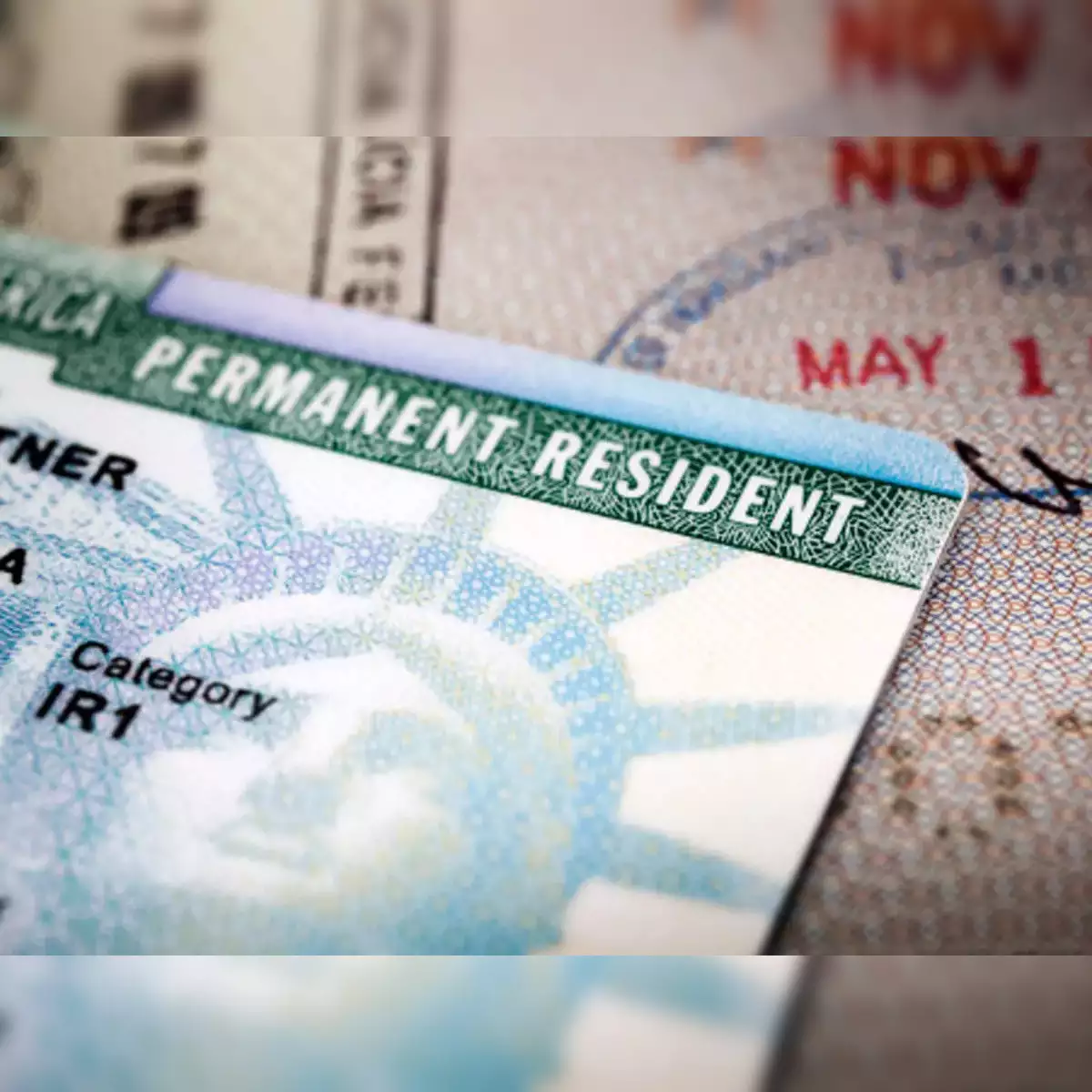Other than family petitions, you can get a green card or a lawful permanent residency in the United States in three common ways.
We try to give you the basics of each.
1. Employment-Based Immigration
There are different types of employment-based immigration for professionals and skilled workers.
a. EB-1 – for people with exceptional skills, like great professors, researchers, and executives or managers from multinational companies.
b. EB-2 – for professionals with advanced degrees or special skills. A National Interest Waiver (NIW) lets people petition on their own behalf if their work is in the national interest.
c. EB-3 – for skilled workers, professionals or other workers seeking opportunities in the U.S.
2. Investor Visas
Foreign investors can get a green card through the EB-5 Immigrant Investor Program.
They’ll need to invest a substantial amount of capital (usually at least $1.8 million or $900,000 in targeted employment areas) or create/preserve jobs to qualify for permanent residency.
3. Diversity Visa Program
It’s possible to get a Green Card through the Diversity Visa (DV) Program, also known as the Green Card Lottery.
A limited number of green cards are given out each year to people from countries with low U.S. immigration rates. Those who are eligible enter a lottery to win one.
Get Professional Help
The provisions for getting a green card may change at any time. If you want to be aware of the latest information, you can contact the U.S. Citizenship and Immigration Services (USCIS) or get in touch with an immigration lawyer.
Immigration lawyers have knowledge and expertise in this specialized area of law, so they can provide accurate guidance to their clients.
The Immigration Legal Center specializes in guiding clients through complex immigration processes. Expert help is available for getting visas, such as H-1B, and understanding U.S. immigration laws. Their dedicated team ensures personalized support and a high success rate.




